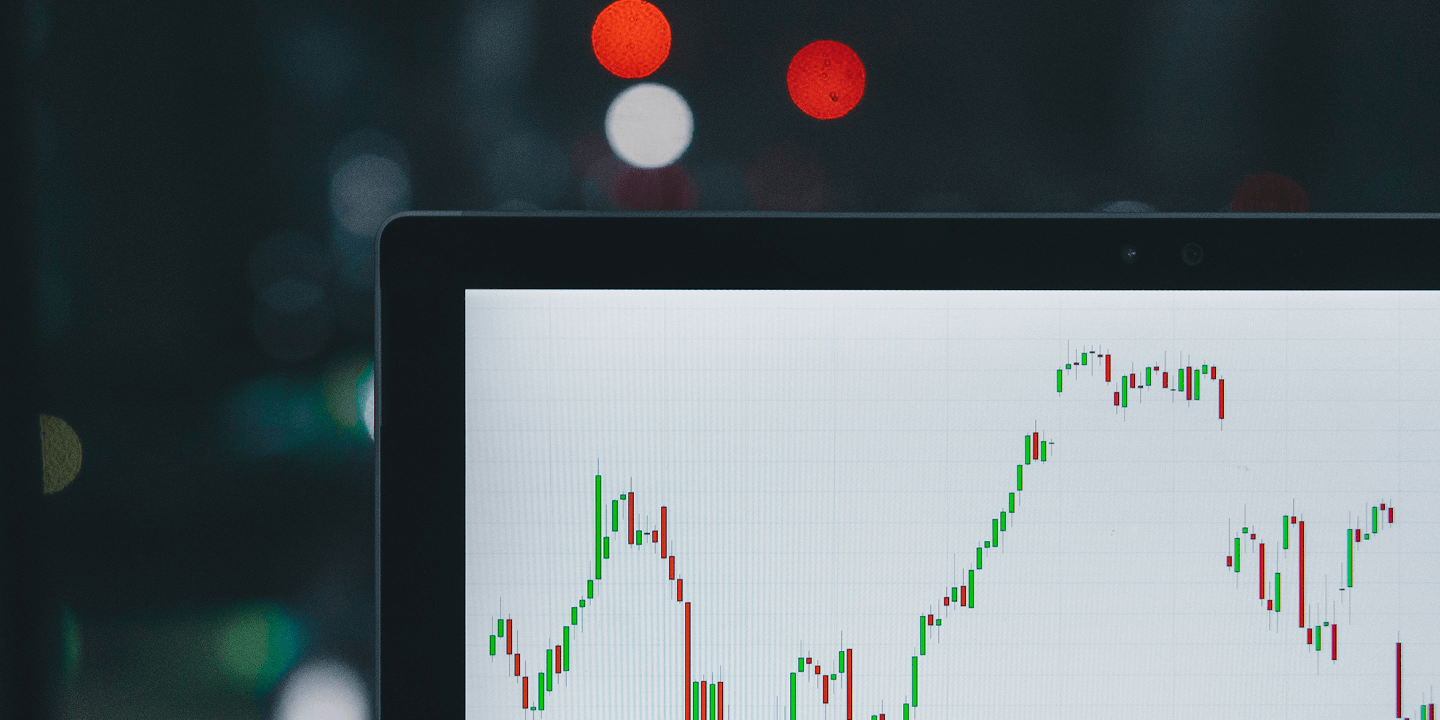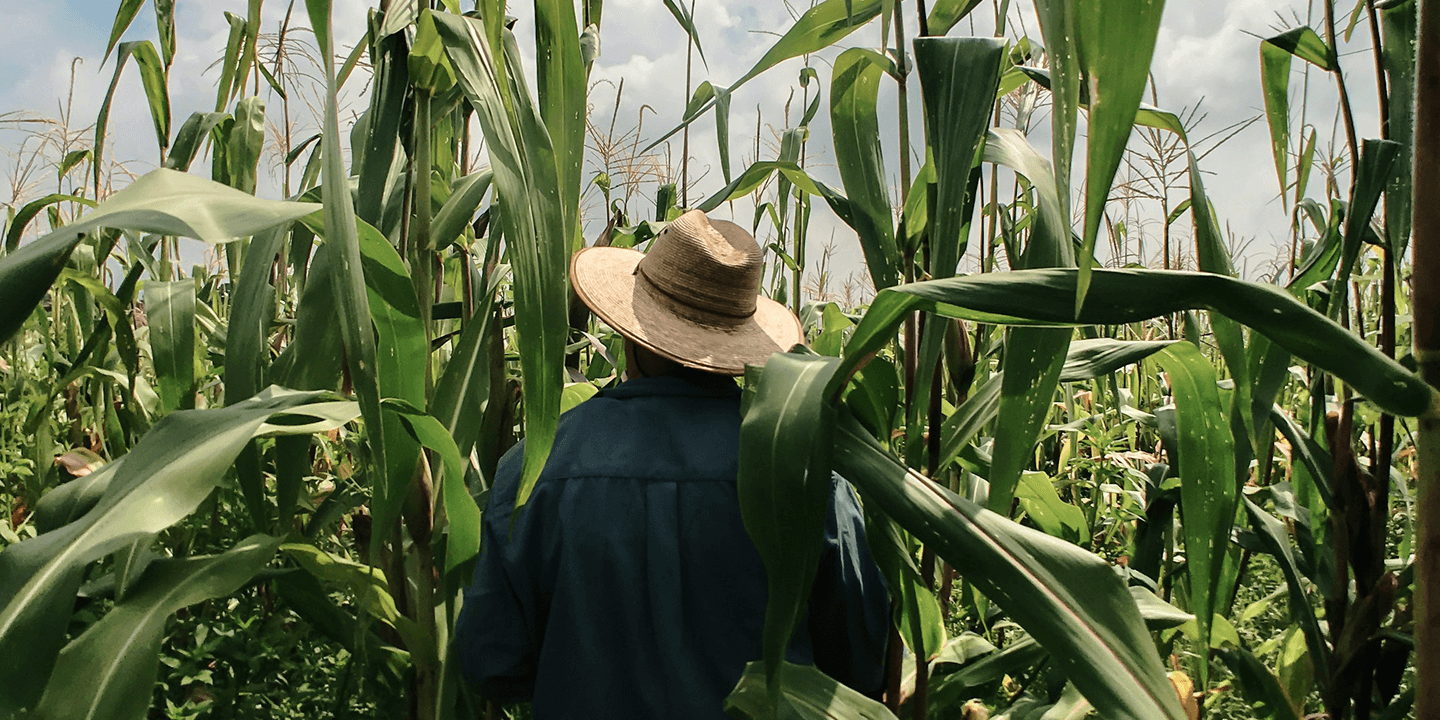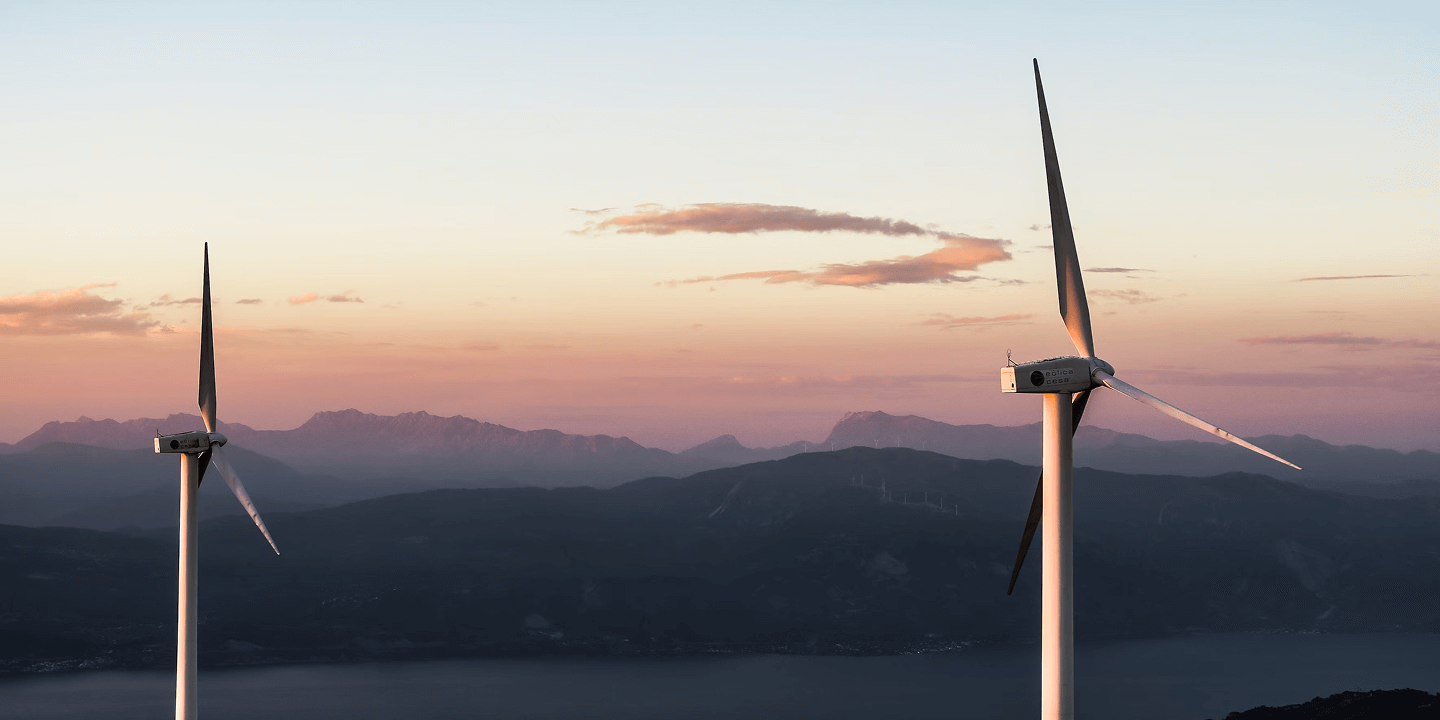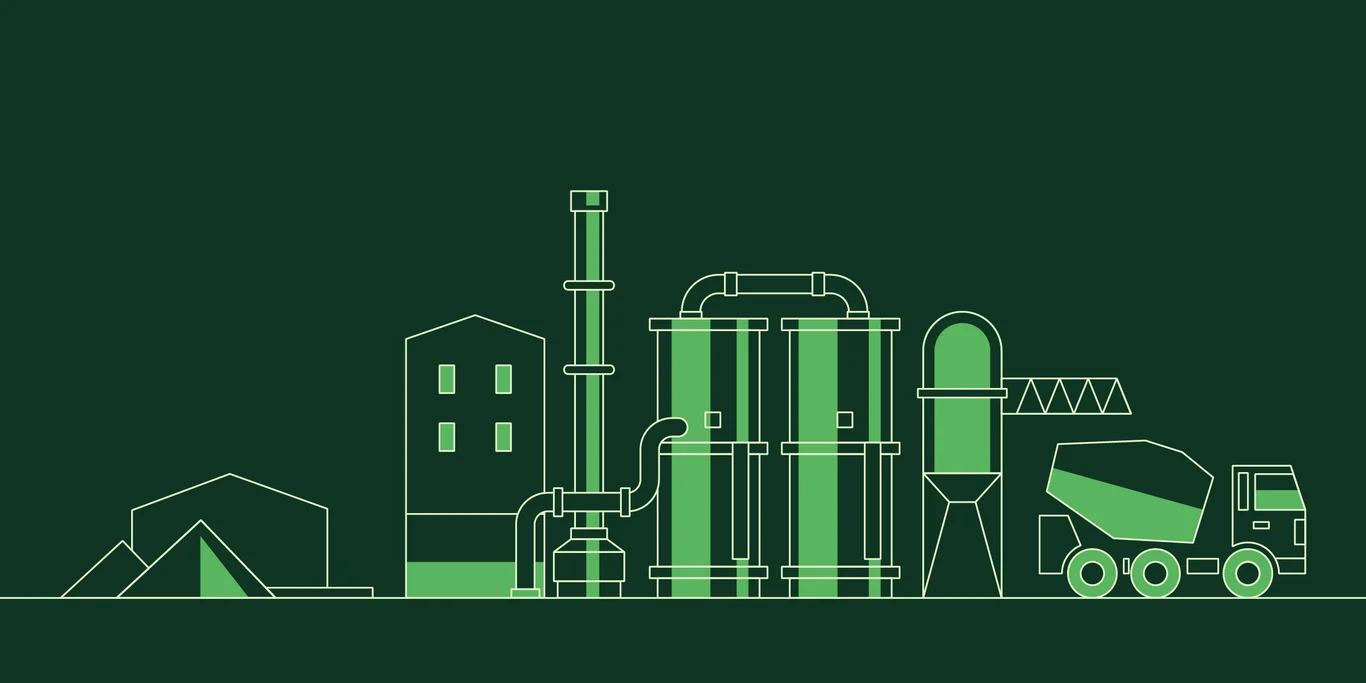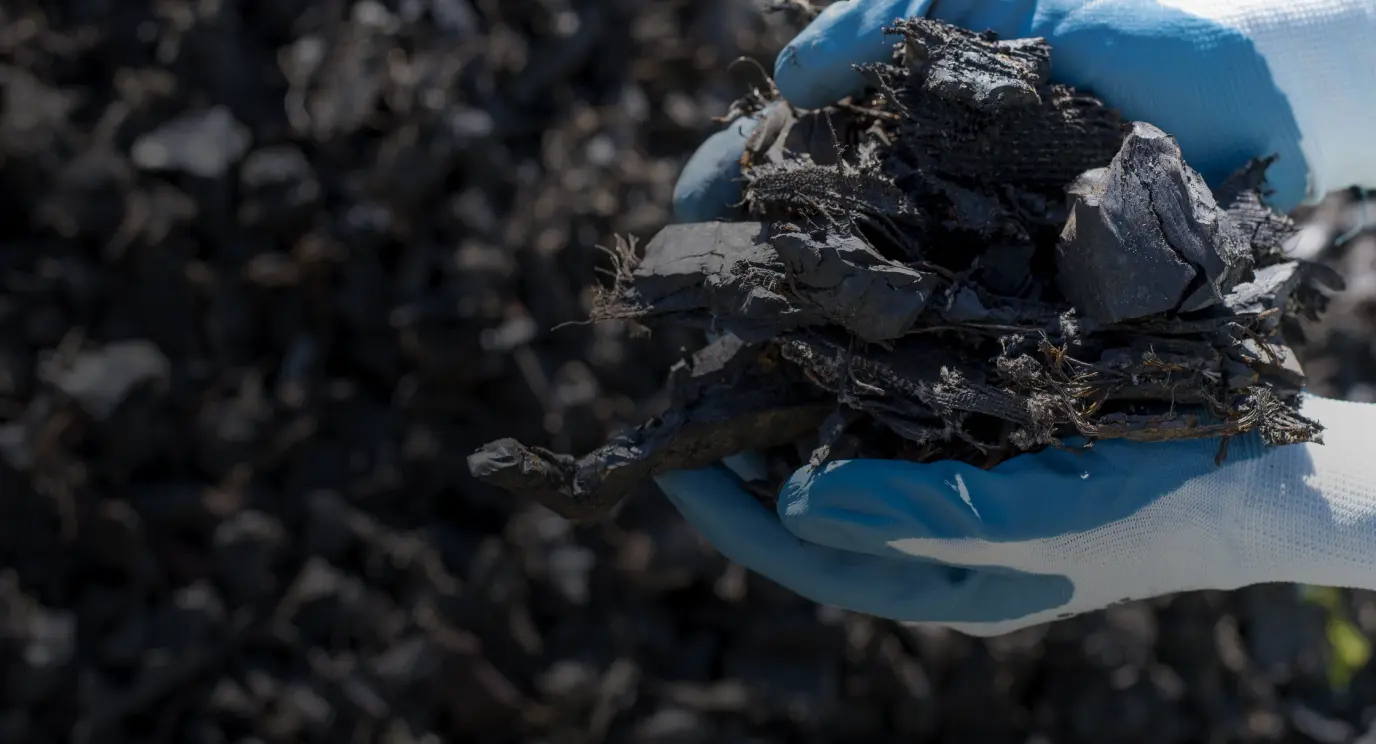Concrete is imperative to our civilisation and in shaping our world. It is today the second most used resource after water and the most widely used man-made material. Enough concrete is poured each year to build the Hoover Dam three times.
Production of cement – the key input to concrete – is responsible for 4% to 8% of emissions, which translates to about 4 billion tonnes of carbon dioxide equivalent (tCO2e) per year. Cement must reduce its intensity – emissions per tonne produced – by 3% annually to meet the Paris Agreement targets. Rather than fall, emissions have continued to rise in recent years, with average cement carbon intensity increasing an average of 1.5% year-on-year between 2015 and 2021.
As cities and territories around the world modernise and urban populations grow, the need for concrete in construction will only become more prevalent. With few viable resource alternatives available at scale, new solutions must be found to support the decarbonisation of the concrete industry.
A new carbon removal and utilisation project by CarbonCure Technologies has been engineered to do just this.
Introducing CarbonCure
CarbonCure’s CO2 Utilisation in Concrete project (VCS 3207) is a pioneering solution that uses waste carbon dioxide as a feedstock in the production of concrete.
As the first sustainable concrete project to be certified by Verra, the project is expected to generate over 366,000 tCO2e of emission reductions over its lifetime of seven years. This is the first technological removal project listed on CIX Marketplace.
How does the technology work?
The technology results in emissions reductions byinjecting waste carbon dioxide into concrete during the production process. This reduces the amount of high-emitting cement needed to produce concrete, along with permanently storing CO2 that would otherwise be sent into the atmosphere.
The added equipment is a simple retrofit that can be quickly implemented and does not require the use of additional land resources. Once injected into the concrete mixture, the captured carbon is mineralised and permanently stored. Even if the concrete is damaged or broken down in the future, the carbon sequestered will not be released back into the atmosphere.
To date, the project has reduced over 14,500 tCO2e and saved over 17,300 tonnes of Portland cement across 1,350 construction sites. The project covers 43 facilities in the US alone. With carbon finance financing this project, the technology can be further scaled globally, greatly expanding its impact.
In addition to its carbon sequestration benefits, the project CarbonCure contributes to multiple United Nations Sustainable Development Goals:
- SDG 6 – Water and sanitation for all
- CarbonCure’s ready mix technology enables a reduction in the amount of water needed in the production of concrete by reducing the amount of cement needed.
- SDG 8 – Decent work and economic growth
- Creation of job opportunities through the CarbonCure plant and carbon credit revenue/
- Concrete manufacturing is a living wage job in local communities, with wages averaging 60k in 2022.
- SDG 9 – Industry, innovation, and infrastructure
- Inception of a more sustainable production process for a hard-to-decarbonise industry.
- To date, 3,600,000 cubic yards of concrete were produced through the project’s activities, which resulted in the savings of over 17,300 tonnes of Portland cement needed.
- SDG 13 – Climate action
- The project’s activities to lower cement usage and inject CO2 into concrete has reduced over 14,500 tCO2e of emissions to date. Emissions reductions are expected to occur over the project’s lifetime of 7 years.
The CarbonCure project is now available on CIX Marketplace. If you are interested in purchasing quality sustainable concrete credits, log in to our platform or contact us at contact.us@climateimpactx.com.


